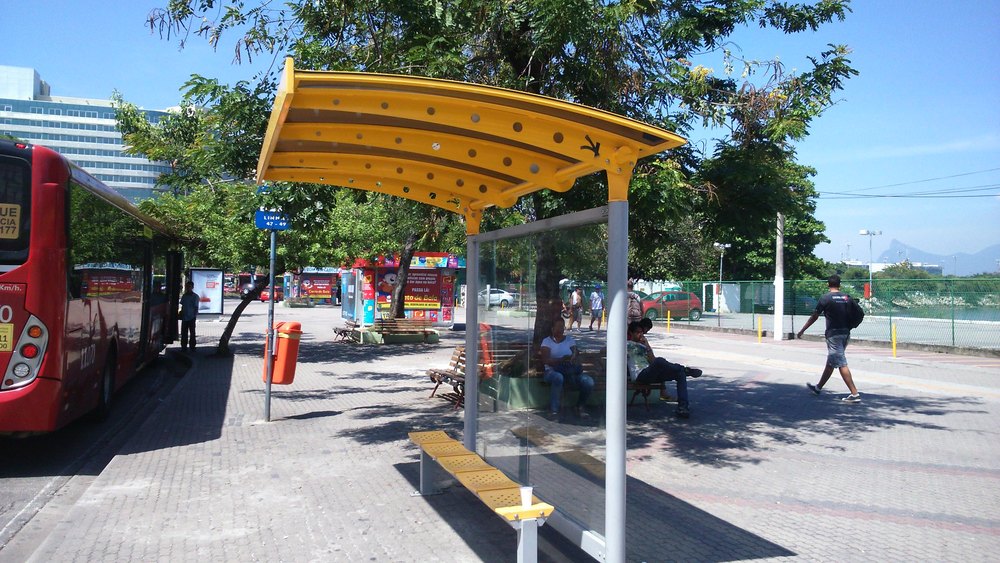Have a question?


Transportation in Rio de Janeiro can feel overwhelming — that's why we created this guide! With some help from Rio locals, here's what you need to know about using public transit, catching a taxi, or safely navigating on foot.
Locals tell us that their city offers plenty of different forms of transportation. The key is to plan your route and choose the best type of transit based on where you’re going.
Overall, our trip planners say that you have a few options:

Locals say that walking is easy and pleasant in the Santa Teresa, Centro, Lapa, and Zona Sul (South Zone) neighborhoods — which also happen to be home to beaches like Copacabana and Ipanema, some of Rio's coolest places to visit.
Aside from beaches, locals tell us that the area is packed with great art galleries, shops, restaurants, and museums.
City taxis, or amarelinhos (yellow with a blue stripe), are abundant, easy to flag down, and have a standard meter rate regulated by the city.
Locals say you can also order a taxi using an app like 99Taxis. Make sure you check the route and fare before you agree to the ride.
Yes, Uber exists in Rio! Uber will cost you a bit more than a taxi, but Uber cars and drivers have higher standards and are generally more reliable than yellow cabs.
Locals say that Rio’s subway system, MetroRio, is the most reliable public transportation method in Rio de Janeiro — especially during rush hour. It's a fantastic resource as you navigate between all the places to visit in Rio.
Even though the metro gets crowded, it can be much faster than taking regular buses or even a taxi at certain times. (Locals say traffic can get bad.)

Locals tell us that there are two types of city buses that run in Rio: Bus Rapid Transit (BRT) and city buses.
These are buses that travel along dedicated corridors (for traffic purposes) and are an excellent alternative to other forms of public transit. The BRT system has limited route options, though, so you may have to transfer to the metro or take a taxi/Uber to get to popular spots in Zona Sul. The BRT runs 24/7.
Rio's city buses are cheap, but locals say that, because of crime risks, you shouldn’t take a city bus at night. Here are the basics:
The SuperVia is Rio’s train system. Locals say that it connects downtown (Centro) with neighborhoods in the north, east, and west of the city.
However, the train has limited routes so you’ll have to get a taxi/Uber to Zona Sul — and you'll probably want to, as locals tell us you'll find many of Rio's coolest things to do in Zona Sul.
Rental cars are easy to reserve, but beware — locals tell us that driving in Rio is not for the faint of heart.
Road signs are sparse, traffic is congested, and drivers (especially taxi cab drivers) are quite aggressive. Parking may also be challenging — tough to find and costly.

How should we contact you?
Call
Thank you! We'll get back to you as soon as possible!
Click to register and track your question!
If you would like to follow up with us:
+1 (855) 782-3006